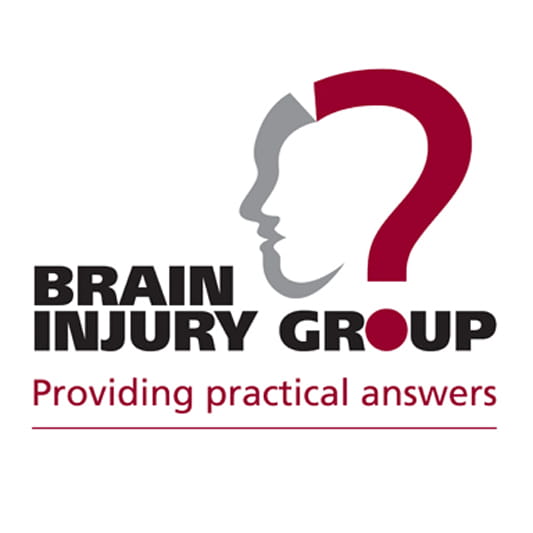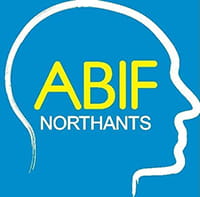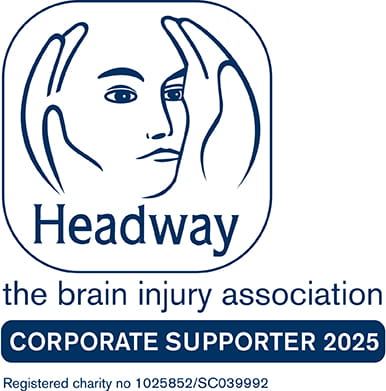The word ‘prosthetic’ means any artificial device that is attached to the body as an aid. The term ’prosthetics’ means the branch of medicine that is concerned with the provision of replacement parts of the body that are missing or non-functional. These are created for and fitted onto, or into, the individual.
‘Prosthetic’ can also be used as a descriptive term for such parts e.g., a prosthetic leg or arm; retained dental implants; cochlear implants; pacemakers.
A ‘prosthesis’ is the name for the artificial body part itself. When there’s more than one part involved, these are called ‘prostheses’.
Why might I need a prosthesis?
It’s not easy to come to terms with a loss of body function, such as undergoing an amputation. Losing a limb often has a profound and lifelong impact on the person involved affecting all their normal day to day activities and mental wellbeing. It can also affect loved ones.
Prosthetics can create an artificial body part that functions – and maybe even looks – like the lost limb. This helps an amputee regain any lost mobility and be more independent.
Cosmetic or functional prosthetics
Some prosthetic limbs are purely cosmetic and are called cosmesis (or cosmeses). In the medical context, cosmesis usually refers to the surgical correction of a defect where a cosmesis is designed to mirror a person’s skin tone and appearance. It typically has little or no functionality but can provide a huge confidence boost to anyone who loses a limb – or who suffers severe scarring. If a person feels more confident, they are likely to be more independent, active and able to socialise. This helps to improve both physical and mental wellbeing and overall long-term recovery.
The aim of a functional prosthetic implant is to work as closely as possible to the ‘real thing’. There are two types of prosthetics that can be used to restore function when a limb is lost. These are upper limb prosthetics or lower limb prosthetics.
Prosthetic design
Prosthetic design aims to perform a specific function so each product will differ a lot depending on what that function is.
A high-tech prosthetic hand like the Touch Bionic i-limb Quantum is designed to carry out tasks that require fine motor skills. Made from titanium and silicone, it features sensors and microprocessors that allow the user to control the movement of the prosthetic hand.
Ottobock’s 1E90 Sprinter, is designed for high-performance athletes and is made from highly durable, lightweight carbon fibre to ensure it can withstand the forces generated when sprinting.
Both these examples of prostheses are worlds apart in terms of their design and build, yet both are on the cutting edge of prosthetic development. The availability of new materials and microprocessors means prosthetic design continues to evolve.
There are also new ways to connect an artificial body part with a residual limb that replaces the need for an amputee to wear a socket to attach their prosthesis – like osseointegration. See more below about this surgical technique.
How do prosthetics work?
For a prosthetic limb to work, there are two key factors that must combine to have the desired effect. The first is mechanical – relating to prosthetic fitting after amputation and how it’s attached to an individual. The second is control – or how the individual can make the prosthesis do its job. Both mechanical and control factors are influenced by the design and intended use of the artificial limb.
Regarding both upper and lower limb loss, Osseointegration (OI) is a pioneering procedure which is being used more nowadays instead of the more traditional approach of fitting a socket to a limb. OI involves fitting a titanium implant directly into the bone, which then allows a prosthesis to be connected to it. This new approach can dramatically increase a person’s independence and improve their long-term health.
Targeted Muscle Reinnervation (TMR) is another treatment option which is sometimes used after an amputation of the upper arm or following a shoulder disarticulation. This involves a surgical procedure where nerves which were previously used to control the missing limb are reconnected to the muscles of the residual limb, breast or back. The nerves then grow back into the new muscles. Following carefully targeted neuromuscular rehabilitation this will allow the person to intuitively control the prosthesis through “thought signal”. By way of example, the i-Limb Quantum prosthetic hand can be attached with titanium rods that are anchored directly into the residual limb. With the use of electrodes, signals are transmitted to the prosthesis. It is reported that this method also helps to treat and possibly prevent pain symptoms following amputation.
Other methods of controlling an artificial limb include cables. In the case of a prosthetic arm, a strap or harness on the opposite shoulder can be moved in such a way to create the desired movement in the arm. In more complicated joints such as the knee, however, advances in hydraulics and lighter materials now offer more control for lower leg amputation prosthetics.
For activities such as sprinting, where the forces generated are extreme, the design needs to spread the energy across a larger area to prevent damage to the residual limb. This is why a prosthetic like the 1E90 blade is attached to the residual limb using a tight socket. The1E90 is controlled purely using body weight, as well as pressure from the residual limb and the ground. There are no wires, processors or electrics of any kind involved.
How can Shoosmiths help?
We appreciate that losing a limb can be life changing. If you have suffered an amputation as a result of someone else’s fault, you need the advice of a specialist solicitor who is experienced in dealing with amputation claims. At Shoosmiths, our specialist amputation claims solicitors combine legal expertise with experience to offer a service that is not just focused on seeking compensation, but also putting in place the support you need to rebuild your life.
Why not find out more about how we can help? Call us now or send us a message today and talk to us in confidence – and free of charge.
Disclaimer
This information is for educational purposes only and does not constitute legal advice. It is recommended that specific professional advice is sought before acting on any of the information given. © Shoosmiths LLP 2025


















